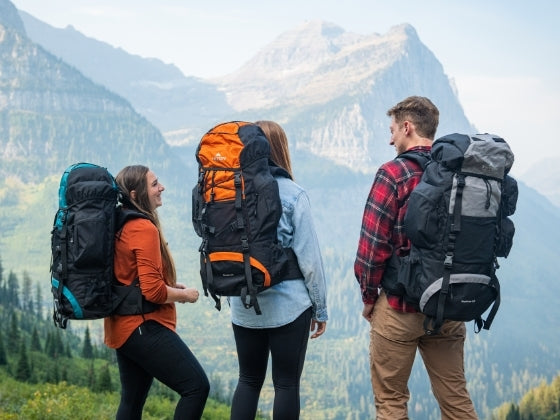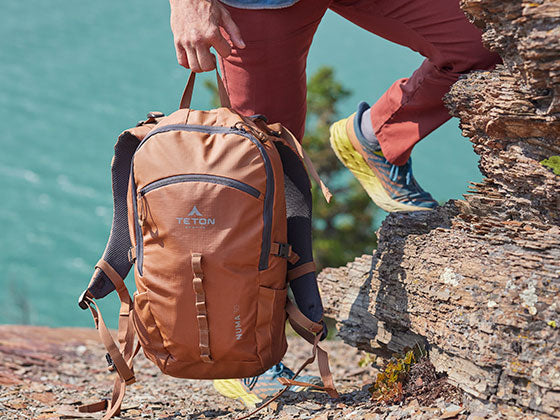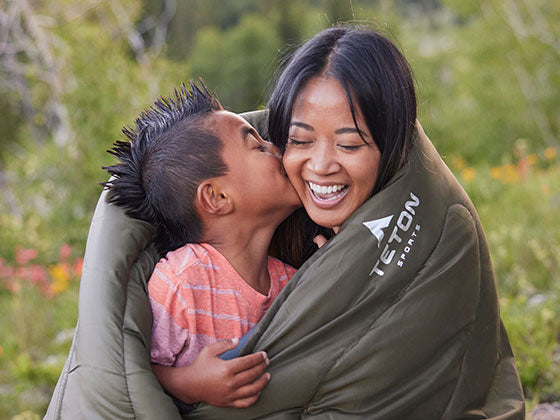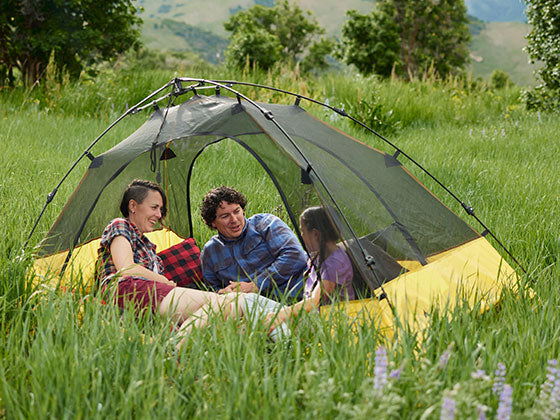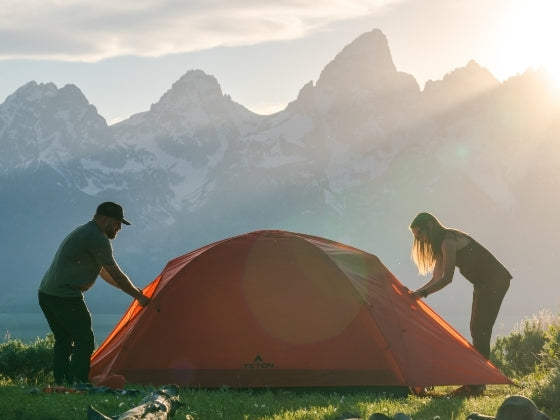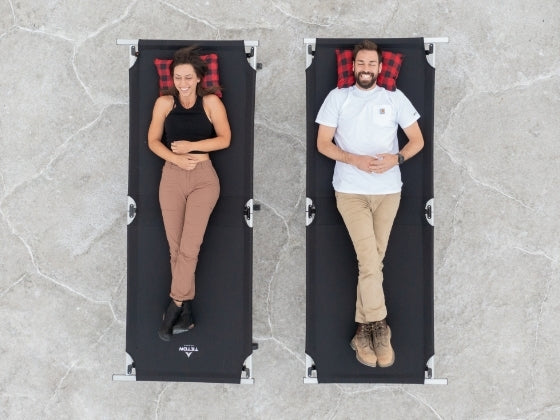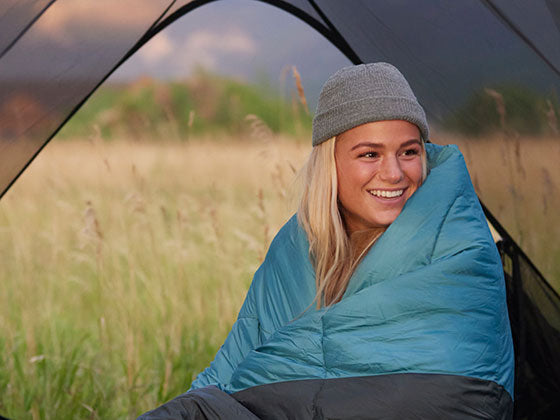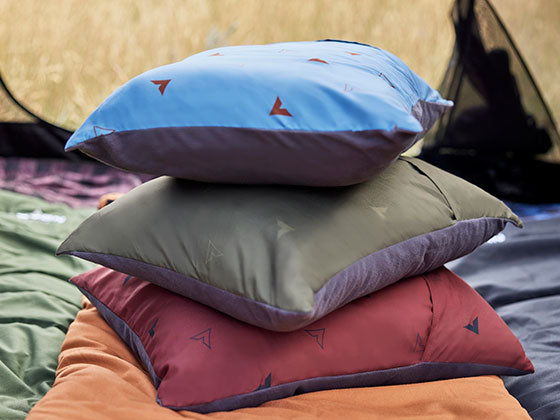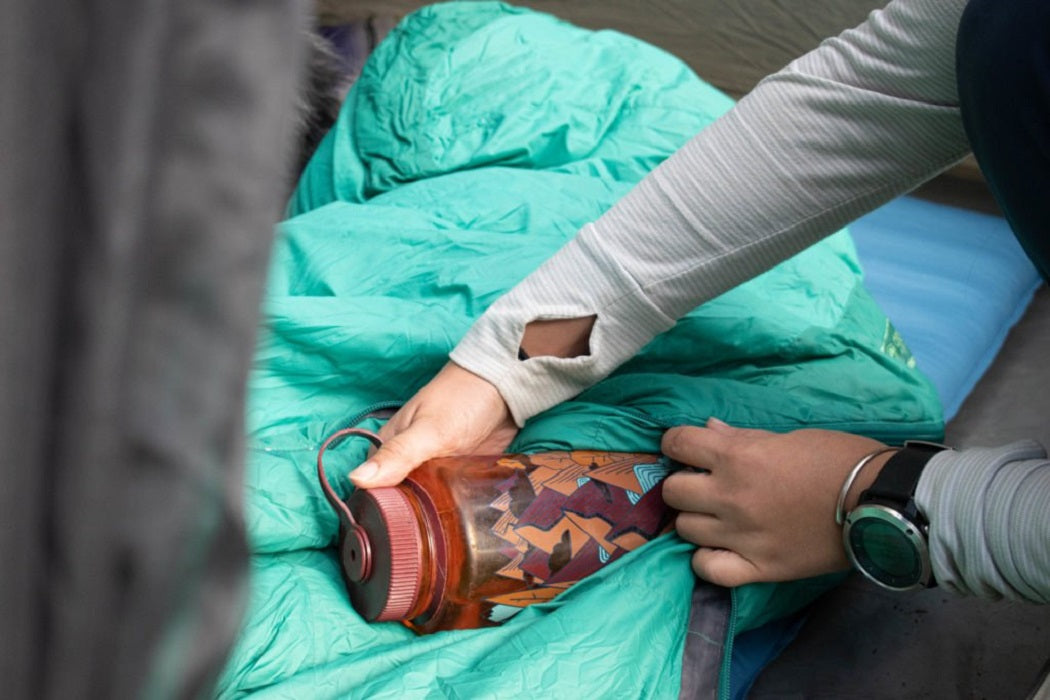By: David Ball
It’s finally time for your backpacking trip. Location is picked, route is planned, gear and everything you’ll need is purchased. All that’s left now is to pack your bag and that’s the easy part, right? If you’ve ever been like me pulling everything from your bag out just to get to something you packed at the bottom for no reason, you might already be shaking your head. Packing your bag for a backpacking trip, and what to pack, might seem like something you can just figure out as you do it, but like most things involving the outdoors – it pays to have a plan.

How to pack:
When packing your bag for a backpacking trip it’s important to think of what you won’t need until camp is set up versus what you may need in a moment’s notice if the weather changes. I typically pack any dehydrated meals at the bottom of my bag, since I know I won’t be really grabbing any of those until camp is fully set up. As you look at the gear you have for your trip just prioritize what you’ll use only when camp is set up (camp pillow, sleeping pad, etc.,) versus what you could need at any point (rain jacket, snacks, water purification system). This will help you avoid pulling out all of the contents of your bag every time you need something during your trip.
What to Pack:
I recommend having a go to “kit” of essentials that you use for most of your backpacking trips, that way the only real variable you’ll be dealing with on different trips is the amount of food you need to bring, but you aren’t finding a new sleeping bag, tent, etc., each time you head out on a backpacking trip.

Weight is your enemy when backpacking. That’s why I always recommend being as weight conscious as possible when heading out on a trip. Nothing will make you regret saying yes or planning a backpacking trip more than being loaded down with gear you swore you’d need but now are wishing you could leave behind – camp chairs, large Bluetooth speakers and massive tents are the usual culprits.
Check your gear and make sure that it was created with backpacking in mind. Most tents will even have “backpacking” in their title to let you know what it was designed for. Big cotton sleeping bags, if they get wet, never keep you warm, and worse are incredibly heavy. Depending on the climate you’re in I recommend either a down or synthetic sleeping bag, again one designed with backpacking in mind. The Teton Sports Altos series sleeping bags and pads are a great place to start. You’ll want a sleeping bag with a temperature well in the range of what you’re expecting to experience. If it’s going to be 20 degrees at night and your bag is rated to 30 degrees, plan on sleeping in a jacket, tights and then some to try and stay warm.

So now you have a backpacking tent, a synthetic or down sleeping bag, an insulated sleeping pad and a pack big enough for everything. What about clothes? This, like most of your gear, will vary depending on the time of year and climate you’re in. For warm backpacking trips I recommend to have an extra of everything, especially socks. Bring 2-3 shirts that are designed with athletic activity in mind to help with the rubbing from your pack and any odor build up. Next, I’d bring at least two pairs of pants or shorts, that are moisture wicking and can handle some abuse during your trip. Socks that have some extra cushion to them and are meant for hiking are a big plus. They’ll help reduce hotspots and give your feet a little extra love as you knock out those miles.
The two most important things, in my opinion are footwear and insulation/protective layer. You need to be hiking in shoes that are broken in and can handle the environment you will be in. A normal pair of trail shoes can usually do the trick, but make sure what you’re using has a stiffer sole and can handle whatever terrain you’ll be covering, whether it’s rocky, wet or lose ground.
Insulation or a protective layer, depending on the time of year you’re backpacking in gives you the best chance at not spending your entire trip cold, wet or all together miserable. Look at the weather, if it’s typically a very cold, snowy, rainy or warm time of year where you’ll be and then plan accordingly – always with a plan B. Rain storms, cold fronts, etc., can come out of nowhere, it’s always best to be prepared.
About the Author: David Ball
David considers himself the ambassador of the “Radically Mediocre” lifestyle. He defines this as being able to “hang with people doing just about anything and not slow them down.” You can find him trying to get people to talk to him about the book he just read in coffee shops, or in the western U.S. getting pumped out on scary trad leads (and follows), skydiving, split-boarding and trail running in his home mountain range, the Wasatch, with his dog Margo. Follow him on instagram at @DavidDenverBall.

